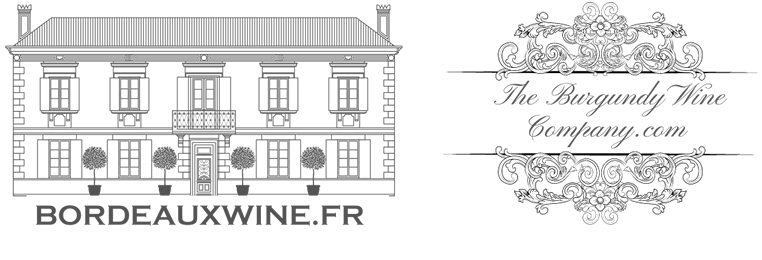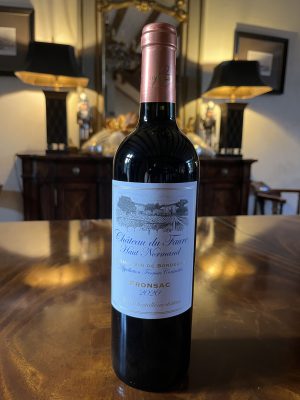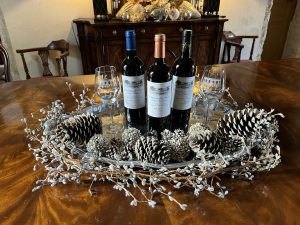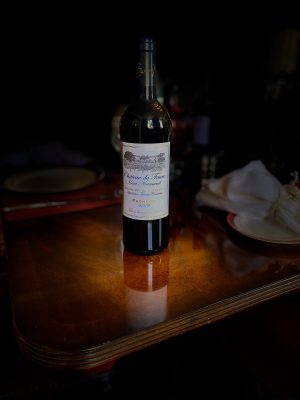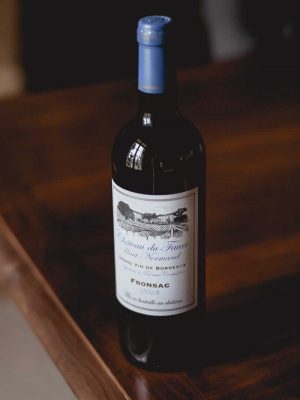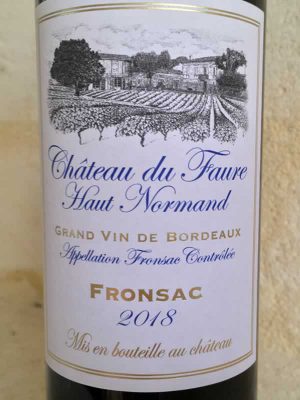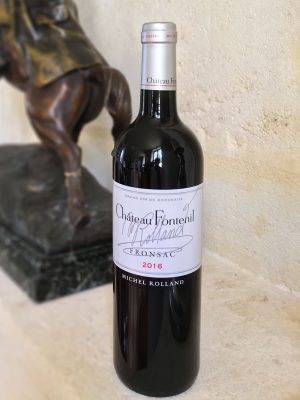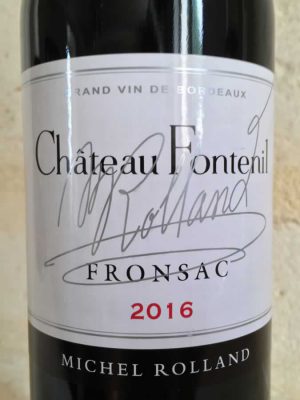Chateau Life, Latest News
The 8 Words You Need To Sound Like A Wine Expert – As Long As You Use Them Carefully….
The world of wine is a complicated and often intimidating place, a place filled with such a massive number of products, brands, words, tastes and smells that even the most esteemed of experts cannot claim to have universal knowledge.
Those of us who are lucky (?) enough to live and work in this world have learnt to cope with equal mixtures of experience and knowledge but before we got to anywhere nearing expert level we needed to use two other key attributes…. ‘bluff’ and its partner in crime ‘bluster’. These two skills enabled us to navigate tasting sessions with the great and the good, to pass muster with the most scary of critics, fellow winemakers, and of course to sell our wines to experts and novices alike.
So armed with this experience here is the bordeauxwine.fr guide to the key words, and how to pronounce them (if you are not French), to use to get you past any wine snob – well most of them anyway.
1. Terroir (pronounced ‘tairwaar’) – most people think this is just the soil in which the vines grow – this is wrong. Terroir is the whole ecosystem in which the vineyard sits from soil type, to climate, to the direction the vines are facing – South is best here in the Northern hemisphere. Always good to start talking about this by saying “Of course, as you know, the ‘tairwaar’ is so much more than just the soil”.
2.Bouquet (pronounced just like a bunch of flowers!) or nose – in simple terms what the wine smells like. The good thing about this is that everyone, absolutely everyone, has a different sense of smell that is unique to them. You can therefore say with absolute confidence that “To me this has a bouquet of wet fish” and nobody will be able to say anything other than “well to me it smells of roses and lilac”. If anybody has the nerve to question your description simply give a Gallic shrug and say “each to their own”. As a Covid update it is now possible, in extremis, to add…”well I have to admit that since I recovered from Covid my sense of smell has got weird”.
3. Drinking window – an entirely non-scientific term that has some basis in knowing the grape type and the ‘tairwaar’ but is largely a broad guess as to how long the wine will last. White wines have shorter drinking windows than red, pink wines have a drinking window that can be measured in weeks. Most whites can be drunk within a year of bottling, most reds (apart from things like Beaujolais) are usually best after at least 3 years – our Chateau du Faure Haut Normand 2018 is just starting to drink “really well”.
So when talking about any wine you can say any of the following
– “it is already drinking well” – if someone tells you this it is either because the winemaker/ merchant needs the cash so buy it now or that it is as good as it gets and will go downhill from here on.
– “it is drinking well now” – this means it is delicious
– “probably not drinking well yet” – tastes like iron filings – good wines will improve with age, bad wines will always be bad wines and will always taste of iron filings (but see above point about ‘bouquet’)
– “probably not drinking well anymore” – tastes like wet socks
4. Chai (pronounced ‘shay’) – this is the winemaking and warehousing facility in the vineyard. No idea why it is called a chai but the Americans would call it a winery. Anyway these can be anything from a garage to a multimillion dollar architectural landmark. It does make a difference to the wine how well equipped it is but there are some awesome wines that come out of simple garages because the best winemakers know how to make the best wine with whatever tools they have to hand.
5. Vinified in..usually oak or steel. This says how the initial winemaking process begins to turn grape juice into wine. Vinified in oak is usually regarded as the better option for most top end red wines but most whites and pretty much all roses will be at worst fine and often better in steel. This term is best used simply as a question “So was this vinified in oak or steel” – just make sure you ask this BEFORE you taste it. That way you can say with confidence…. “Ah yes I can tell the oak/ steel in it”. If you forget and ask after you have tasted it you will have given the game away.
6. Cave (pronounced ‘kav’). The wine cellar, needs to be dark, cool, even in temperature and low (but not zero) humidity. Underneath a staircase is fine, next to a radiator in the living room is not.
7. Millesime (pronounced ‘millayzeem’. Simply the year the wine was harvested. Not the same as the year it was bottled which is the ‘mise’ (pronounced ‘meez’). Every region, every vineyard will have different great ‘millayzeem’ there is no golden rule here so if you don’t know the best thing to ask is…. “how do you think this ‘millayzeem’ compares to…last year/ the last great ‘millayzeem’ or similar.
8. Vigneron (pronounced ‘veenyaron’). The chap who makes the wine. Well in fact this is a pretty broad term which covers lots of bases. I like to call myself a ‘veenyaron’ sometimes even though my input is limited to telling the real experts what sort of a wine I want made. At its heart he or she is the person who sweats in the vines, pores over weather forecasts praying for rain/sun and stands in the ‘shay’ pondering the meaning of life.
This is not an exhaustive list but is a good starting point. Next time we will give some terms to avoid….
John Mitra is co-owner of Chateau du Faure Haut Normand and Bordeauxwine.fr one of the leading online wine merchants specialising in small estates across Bordeaux.
